
Berdi
urinary Track Health
Have you ever woken up to a stiff knee or felt a persistent ache in your shoulder that just won’t go away? Joint pain is a common complaint affecting millions worldwide. While it can be a nuisance, understanding the causes of joint pain is crucial for proper treatment and maintaining an active lifestyle.
Joint pain, also known as arthralgia, can range from mildly annoying to debilitating, affecting your daily life and overall well-being. This discomfort can result from various factors, and understanding the underlying causes is essential for appropriate management. In this comprehensive guide, we delve into the causes of joint pain, supported by research, to help you better understand what might be behind your discomfort.
Joint pain refers to any discomfort, aches, or soreness in the body’s joints. Joints are the connections between bones, providing support and helping in movement. Joint pain can affect any part of your body, from your ankles and feet to your shoulders and hands. The pain can be acute, lasting a few weeks, or chronic, lasting several months or even years.
While causes of joint pain vary widely, the most common culprits are injuries, overuse, and underlying medical conditions.
Osteoarthritis (OA) is the most common form of arthritis, often referred to as a “wear and tear” disease. It occurs when the protective cartilage that cushions the ends of your bones wears down over time. This can lead to pain, swelling, and decreased motion in the joints. A study published in The Lancet highlights that OA is a leading cause of disability in older adults, affecting over 240 million people globally.
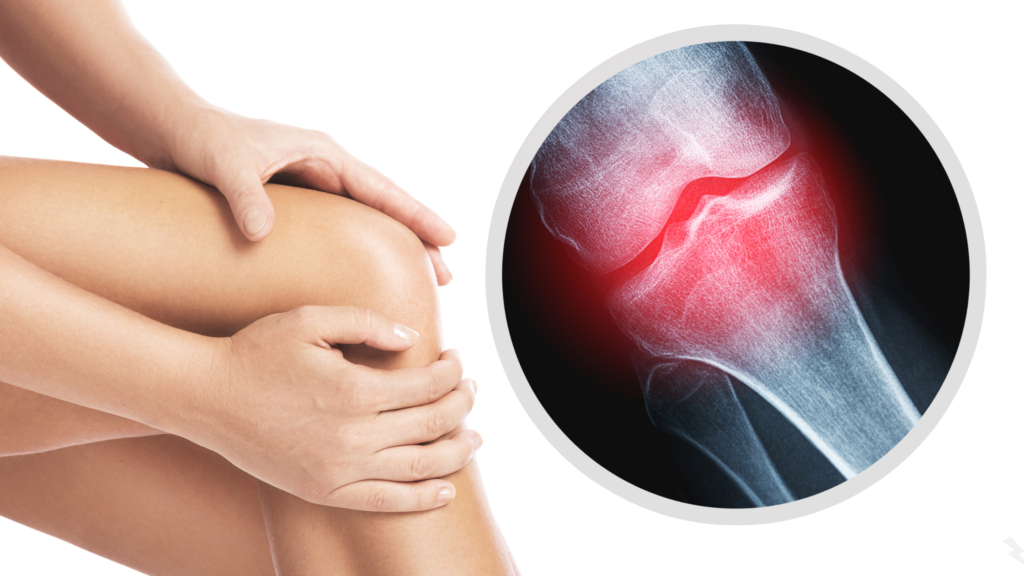
Rheumatoid arthritis (RA) is a chronic inflammatory disorder that primarily affects joints but can also impact other tissues and organs. It is one of the most common causes of joint pain, leading to significant disability and reduced quality of life if not managed appropriately.
Extensive research supports the understanding of RA as a significant cause of joint pain. Studies have elucidated the genetic and environmental factors contributing to the disease, the immune mechanisms involved, and the effectiveness of various treatments. For instance, the role of anti-CCP antibodies in RA diagnosis and prognosis is well-documented, showing higher specificity compared to RF. Moreover, numerous clinical trials and cohort studies have highlighted the impact of RA on patients’ quality of life and the effectiveness of early, aggressive treatment strategies to prevent joint damage. These findings underscore the importance of early diagnosis and intervention in managing RA effectively to mitigate joint pain and disability.
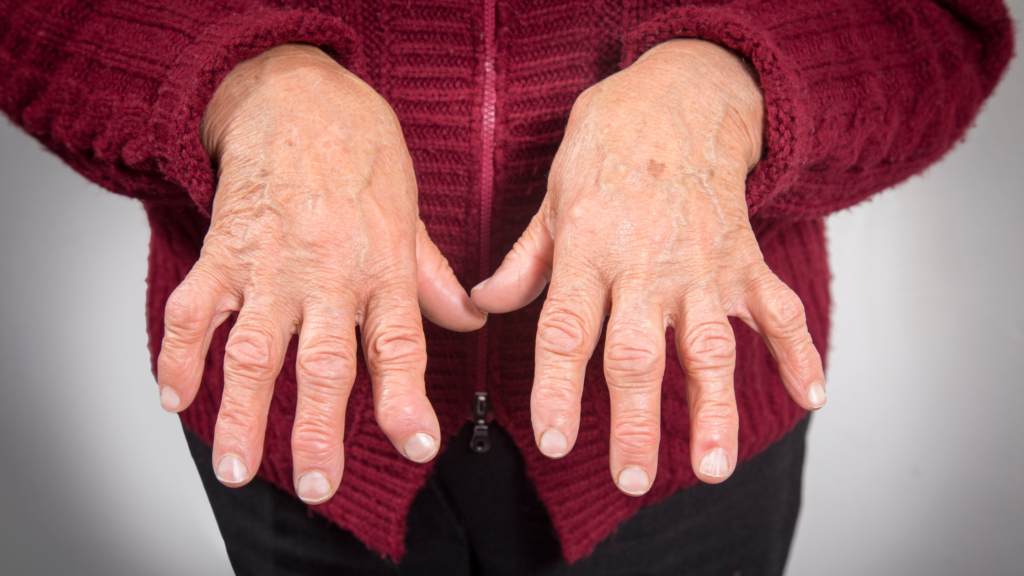
Gout is a form of arthritis characterized by sudden, severe attacks of pain, redness, and tenderness in joints, often at the base of the big toe. It is one of the leading causes of joint pain globally. It occurs when urate crystals accumulate in your joint, causing inflammation.
Hyperuricemia, or high uric acid levels, is the underlying cause of gout. Uric acid is a byproduct of purine metabolism, which can accumulate due to factors like genetics, diet (high in purines, such as red meat and seafood), alcohol consumption, obesity, and certain medications. When uric acid crystals deposit in joints, they trigger an immune response, leading to the acute inflammatory reaction characteristic of gout.
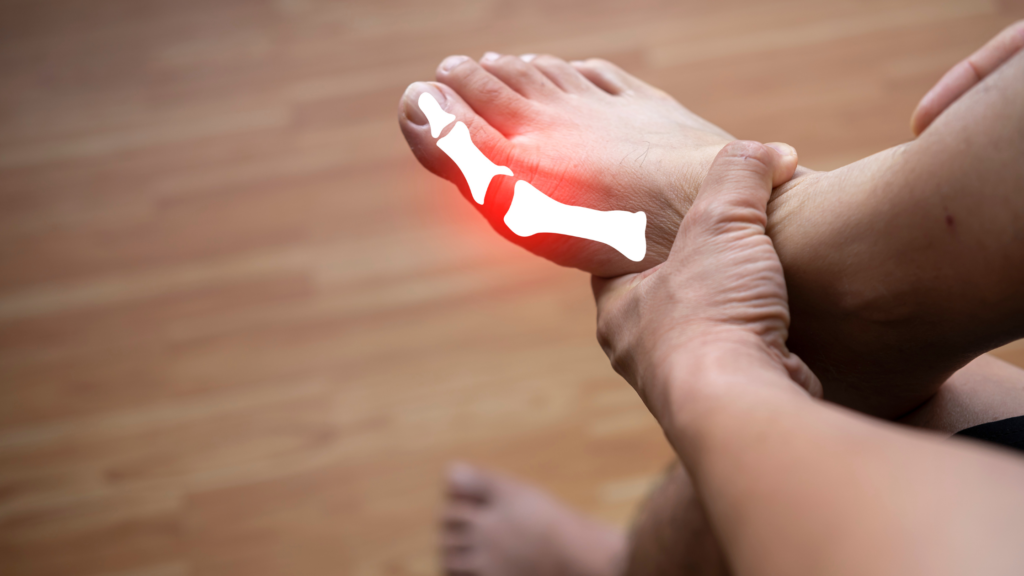
Systemic lupus erythematosus (SLE), commonly known as lupus, is another autoimmune disease where the body’s immune system attacks its own tissues, including joints. Lupus is a chronic autoimmune disease that can affect various body parts, including joints. It can cause joint pain, swelling, and stiffness.

Bursitis is the inflammation of the bursae, the small fluid-filled sacs that cushion the bones, tendons, and muscles near your joints. This condition commonly affects the shoulder, elbow, and hip. An article in BMJ Open highlights that bursitis is common among athletes and individuals who perform repetitive motions.
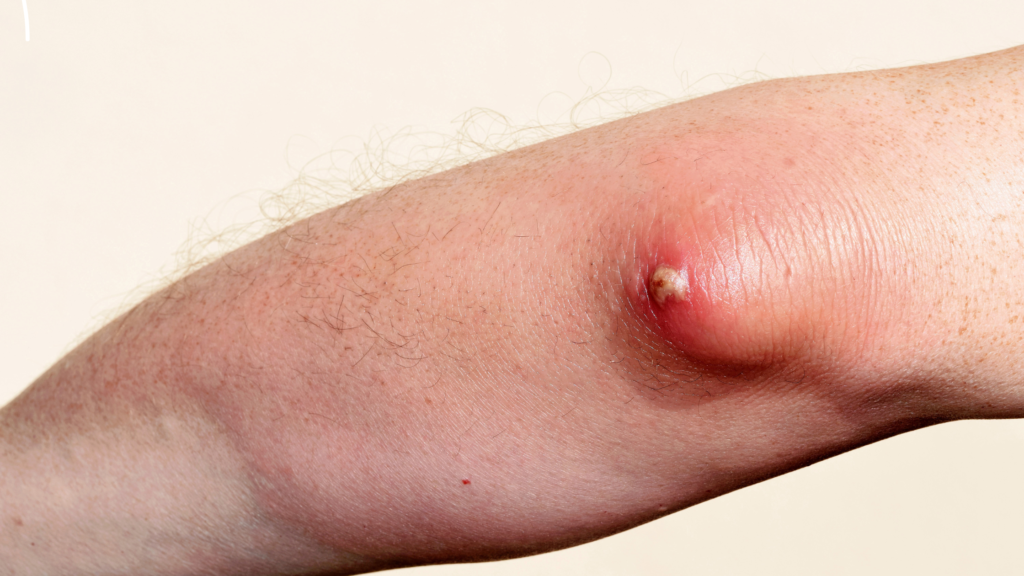
Lyme disease is an infectious disease caused by the bacterium Borrelia burgdorferi, transmitted through the bite of infected black-legged ticks. It can cause joint pain, particularly in the knees.
A study in The New England Journal of Medicine reports that Lyme disease is the most common vector-borne illness in the United States, with approximately 30,000 cases reported annually.

Joint pain can also result from injuries and overuse. Sprains, strains, and fractures can damage the joints, causing pain and discomfort. According to the NCAA Injury Surveillance Program, sports injuries are a leading cause of joint pain among young athletes and active individuals.
It is important to note that this list is not exhaustive, and the causes of joint pain can be complex. If you are experiencing persistent joint pain, it’s crucial to consult a doctor for a proper diagnosis and treatment plan.

Joint pain can be a real drag on your life. By understanding the causes of joint pain and seeking proper medical advice, you can manage your condition and maintain an active lifestyle. Remember, early diagnosis and treatment are key to preventing further complications.
If you suffer from joint pain, you may find some relief in Route2Health’s Flexa Plus. It contains turmeric and boswellia serrata extract along with Vitamin D3, promising to relieve joint pain and improve flexibility.
Joint pain can be caused by various conditions, including osteoarthritis, rheumatoid arthritis, gout, lupus, bursitis, Lyme disease, and injuries or overuse. Identifying the underlying cause is essential for effective treatment.
Home remedies for joint pain relief include applying heat or cold packs, engaging in low-impact exercises like swimming or walking, maintaining a healthy weight, using over-the-counter pain relievers, and performing gentle stretching exercises.
You should see a doctor if you experience severe pain, joint swelling, redness, tenderness, warmth around the joint, persistent pain lasting more than a few days, or if you have other symptoms like fever or unexplained weight loss.
Yes, diet can significantly impact joint pain. Consuming anti-inflammatory foods like fruits, vegetables, whole grains, and fatty fish can help reduce inflammation. Avoiding processed foods, sugary beverages, and excessive alcohol can also be beneficial.
Low-impact exercises like swimming, yoga, and walking can improve joint mobility and strength, but consult a doctor or physical therapist for a personalized plan.






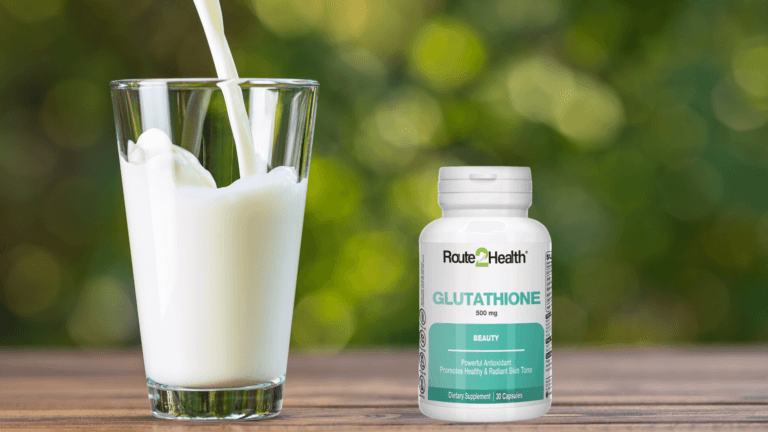



©2023 Route2Health®️
NTN: 2229383
AN ASSOCIATED COMPANY OF HIGHNOON LABORATORIES
STRN: 0301999937728

WhatsApp us
